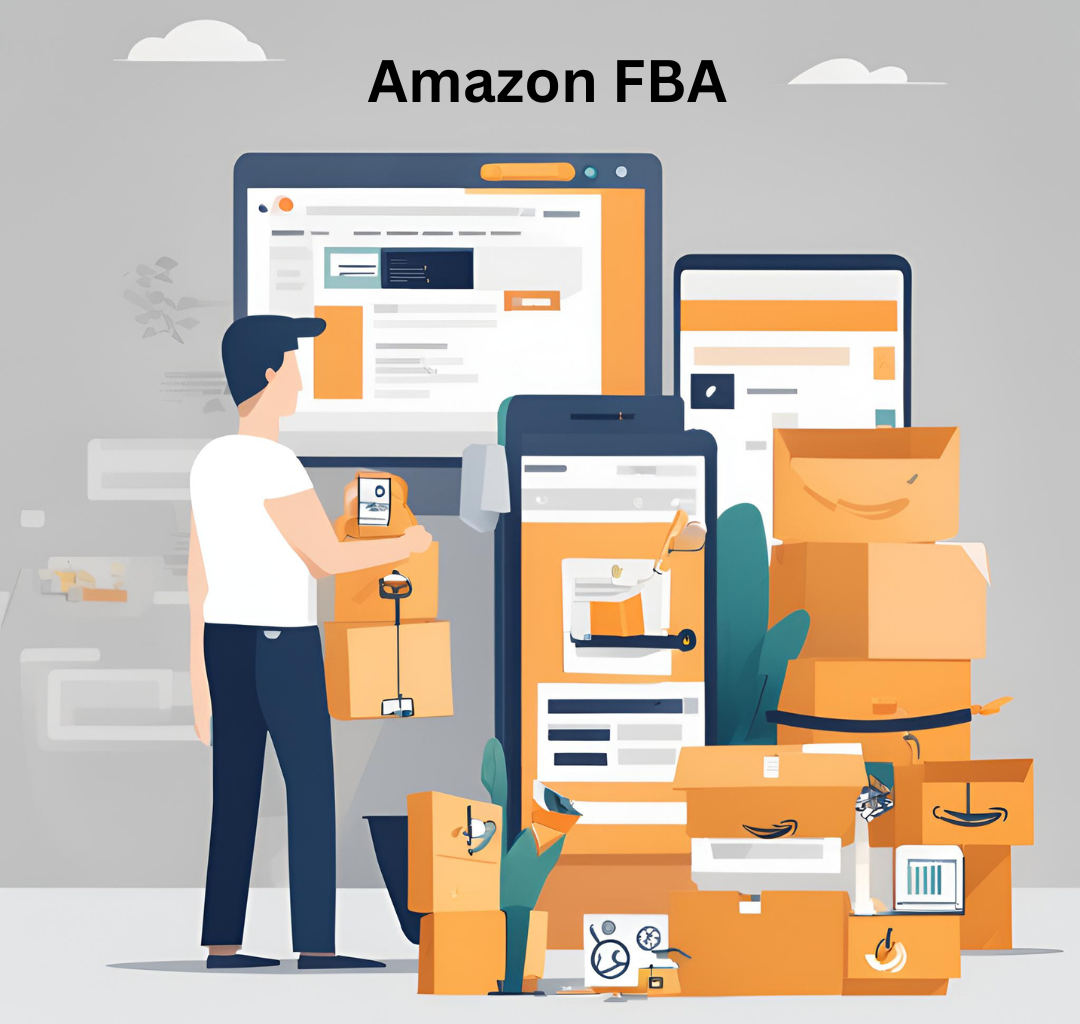Having a firm grasp on online sales means having the ability to generate any amount of money you choose, whenever you want, and from any location you choose. Additionally, the sooner you begin, the sooner you can join the ranks.
If you are interested in determining what product idea you should use as the foundation for your business but are unsure how to find things to sell, where to look, or what metrics to check on Amazon, you should consider the following.
The Pillars of Profitability: Key Considerations for Product Selection
Prior to delving headfirst into product research, it is important to pay attention to the following fundamental principles:
Market Demand: It is wonderful to have a passion for a product, but a business’s profitability is contingent on actual customer demand. When looking for items that have a large search volume yet low competition, it is important to use keyword research tools such as Jungle Scout or Helium 10.
Profit Margin: Avoid falling for cheap goods if you wish to increase your profit margins. To ensure a respectable profit margin, though, you have to factor in fulfillment costs, advertising costs, and Amazon fees.
The landscape of Competition: Although competition is not necessarily a disqualifier, it is important to steer clear of oversaturated areas. Search for products that have a number of manageable sellers, and ideally, there should be potential for distinction.
Researching Like a Pro: Unveiling Profitable Product Ideas
Amazon Seller Central’s Goldmine: Seller Central provides extremely valuable insight. Investigate the “Best Sellers” ranking and look through the product categories to find items that are now the most popular. Moreover, consider hiring an Amazon consultant services provider to get the most out of Seller Central.
Keyword Research Bonanza: Keyword research tools such as Google Trends and MerchantWords reveal search terms with a large number of searches but a low level of competition. Look for phrases with a consistent upward trend, which indicates that client interest is growing.
Listening to Social Media: Social media platforms such as Facebook and Pinterest are buzzing with the wants and wishes of customers. By becoming a member of relevant forums and groups, you can learn about products that are currently trending and locate possible holes in the market.
Problem-Solving Prowess: Look around you! What are some common issues that can be resolved with the help of a clever product? It is important to identify areas of discomfort and come up with potential remedies that could result in successful Amazon FBA services.
Not Just the Fundamentals: Advanced Techniques for Product Selection
After compiling a list of possible products, you may further focus your investigation by employing the following advanced strategies:
Review Rating Revelations: Product reviews on Amazon and other platforms should be combed through in order to uncover ratings and reviews. Therefore, the most prevalent client complaints are identified, and then the complaints are utilized to determine gaps in the present offers. This will enable you to develop a solution that addresses these deficiencies.
Knowledge of Seasonality: Take into account seasonal trends. During the summer, pool floats might be popular, but during the winter, cozy blankets might be priceless. Furthermore, when planning your inventory, you should look for products with stable demand throughout the year or carefully organize your inventory around seasonal spikes.
Private-Label Powerhouse: Consider the private label path. You should go for a product that has a high demand but similar branding. To produce your own branded version, you should form a partnership with a manufacturer. This will allow you to handle price and branding.
The Validation Vault: Reiterating Your Selection of the Product
Please validate your product choice by following these final steps before making a significant investment:
Supplier Sourcing: Obtaining quotations for manufacturing or wholesale expenses and researching potential suppliers is part of the supplier sourcing process. When calculating the total cost of your landed item, include the costs of shipping and customs.
Recalculating the Profit Margin: Now that you have more precise information about the costs, you may revise your estimates for the profit margin. Check that the potential return is sufficient to justify your investment in marketing, inventory, and FBA costs.
Test the Waters: Before plunging in, you might consider doing a test campaign on a smaller scale. You can determine the level of interest customers have in your product offering by using sites such as Etsy or Shopify to collect feedback from real-world customers.
Conclusion
Finding the appropriate items to sell on Amazon is extremely easy with a good approach and the appropriate tools. By adhering to the abovementioned recommendations and actions, you are now prepared to start conducting product research. If you’re looking for Amazon consultant services, look no further, as Services4Amazon will take care of all your Amazon-related business needs.



